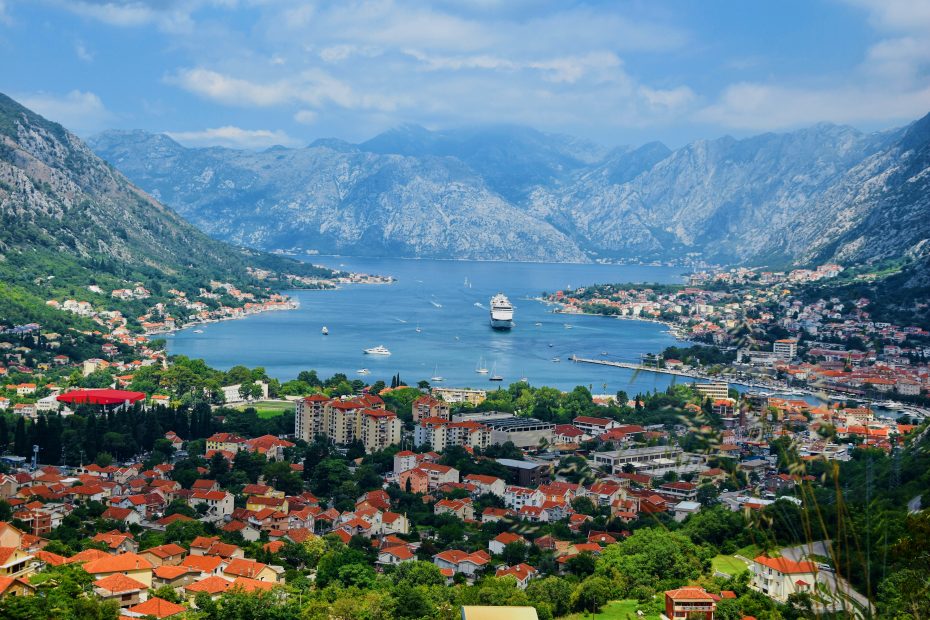Table of Contents
Introduction
With its rugged peaks, sweeping valleys, and crisp alpine air, Montenegro offers some of Europe’s most spectacular mountain scenery. This small Balkan country packs a big outdoor punch, with opportunities for hiking, climbing, and exploring unspoiled wilderness areas. From the dramatic canyons of Durmitor to the high-altitude trails in the Prokletije range, Montenegro’s mountains are waiting to be discovered. Read on to learn about five of Montenegro’s most stunning mountain destinations for your next adventure.
Durmitor National Park
Situated in northwestern Montenegro, Durmitor National Park is home to some of the country’s most awe-inspiring scenery. The park’s centerpiece is Durmitor Mountain and its 48 peaks over 2000 meters, including the highest peak Bobotov Kuk at 2523 meters. Crisscrossed with hiking trails and viewpoints, Durmintor offers breathtaking vistas of rugged grey peaks and sweeping valleys. One of the park’s most famous sights is the magnificent Black Lake, with its deep blue-green waters set amid tall pine forests. Nearby is the thundering Tara Canyon, one of Europe’s deepest at 1300 meters, carved out by the Tara River. With its pristine scenery and excellent hiking opportunities, Durmitor is a must-visit destination in Montenegro.
Prokletije Mountain Range
Forming Montenegro’s border with Albania, the Prokletije range, also known as the Albanian Alps, is one of the country’s most remote and rugged areas. With its name meaning ‘accursed mountains’, Prokletije remains largely unspoiled wilderness. The heart of the range is Komovi Mountain and its highest peak Maja Jezerce at 2694 meters. Scattered throughout Prokletije are traditional villages with old stone houses and orchards, set amid high pasturelands. For outdoor enthusiasts, Prokletije offers wonderful hiking among rocky high-altitude trails, as well as opportunities for rock climbing, via ferrata routes, and multi-day trekking. With permit, visitors can access abandoned military tunnels and bases left over from Yugoslav times.
Bjelasica Mountain
Part of the Dinaric Alps, Bjelasica Mountain rises dramatically above the Lim River valley in northern Montenegro. Covered in thick pine and beech forest, Bjelasica has a beautiful alpine character and is a popular destination for hiking and mountain biking in summer. In winter, it transforms into Montenegro’s main skiing and snowboarding playground, with several small resorts and hotels around Kolasin town. The ski season typically runs from December through early April. Hikers can enjoy gentle trails around Biogradska Gora National Park, home to virgin forest and glacial lakes. For more experienced hikers, steeper routes lead up Bjelasica’s highest peaks.
Komovi Mountains
Stretching along Montenegro’s eastern border with Albania, the rugged Komovi Mountains remain largely undeveloped and unspoiled. The range covers an area of around 80 square kilometers and reaches heights of over 2000 meters. The tallest peak is Kom Vasojevicki at 2461 meters. With their rough limestone karst topography and lack of infrastructure, the Komovis appeal to hardy trekkers seeking true wilderness adventures. Most trails follow old shepherds’ paths connecting isolated mountain villages. Accommodation is limited to basic guesthouses and campsites. For those up for challenging multi-day hikes, the Komovis offer complete immersion into Montenegro’s wild scenic beauty off-the-beaten-path.
Volujak Mountain
Looming above the entrance to the Bay of Kotor, the rocky heights of Volujak Mountain provide picture-postcard views over this famous Montenegrin fjord and the surrounding fortified towns of Kotor, Perast and Herceg Novi. Many hiking trails lead up the mountain’s slopes and ridges, most starting from the village of Ljuta. The views get better and better as you gain elevation through oak and beech forests. Eventually, Volujak’s summit at 1,107 meters reveals a sweeping panorama over the entire bay and Adriatic Sea. For outdoor enthusiasts, Volujak offers opportunities for camping, mountain biking and climbing its limestone cliffs. After a day’s adventuring, hikers can unwind in Ljuta’s traditional restaurants.
Conclusion
With jaw-dropping mountain scenery around every bend, Montenegro promises countless opportunities for alpine adventures and exploring wilderness areas. Whether you’re up for peak ascents, scenic hikes, or multi-day treks, the country’s rugged ranges like Durmitor, Prokletije and Bjelasica have it covered. From deep river canyons to rocky summit ridges, Montenegro’s high-altitude landscapes never fail to impress. Plan an escape to this Balkan gem and discover the majesty of Montenegro’s mountains for yourself.
FAQ
What is the highest mountain peak in Montenegro?
The highest peak in Montenegro is Bobotov Kuk at 2,523 meters (8,274 ft), located in the Durmitor Mountains.
When is the best time to visit Montenegro’s mountains?
The best times are late spring through early fall for hiking and other summer activities. For skiing, mid-December through March is peak season at Montenegro’s mountain resorts.
What outdoor activities can you do in Montenegro’s mountains?
Hiking, mountaineering, rock climbing, mountain biking, skiing, snowboarding, camping, rafting, and more. The mountains offer endless outdoor recreation.
What is the Prokletije mountain range also known as?
Prokletije is also referred to as the Albanian Alps, sharing a border with Albania. The name means “accursed mountains” in Serbian.
What natural features can you see in Durmitor National Park?
Highlights include the Black Lake, Tara River Canyon, glacial valleys and peaks, dense pine forests, and dramatic limestone ridges like the 18 km long Lukavica plateau.
